It’s a bird, it’s a plane, it’s a… snorkel?
Did you know that elephants are amazing swimmers and use their trunk as a snorkel? They can also hold their breath underwater just like we can!
Elephant sanctuaries in Thailand
On Sunday, I visited two elephant sanctuaries, Phuket Elephant Nature Reserve and Phuket Elephant Sanctuary. Both are ethical sanctuaries that take in older elephants to “retire” after many years of working in riding camps, the logging industry, or elephant shows. Many of these elephants come from situations where they work long hours with improper nutrition and veterinary care. At some of these places, they are also treated poorly with excessive use of bullhooks or other fear-based tactics. So it’s wonderful to see the elephants in sanctuaries where they can live out their life in peace. They no longer have to do hard labor or entertain tourists all day. They have the freedom to make their own choices.
Note: Not all “sanctuaries” are ethical. In fact, there seems to be a spectrum from very ethical all the way to extremely unethical. Some places are disguised as sanctuaries, but still use the elephants as commodities to entertain tourists. The elephants are provided poor living conditions and inadequate care. At theses places, the owners are very wealthy and only care about making money from their “sanctuary” business. So if you ever come to Thailand or Southeast Asia to see elephants, it’s important to do some thorough research to find a truly ethical sanctuary.
Elephant veterinary volunteer
On Monday, I started a weeklong veterinary volunteer position with the Southern Thailand Elephant Foundation (STEF). I am staying in dorm-style accommodations on-site where they have their elephant hospital. The foundation is fully funded by donors from Europe and is not associated with the Thai government. They provide free veterinary care to the elephants in the area, without judgement. Meaning, they will medically treat any elephant regardless of what the owner is using the elephant for or what the living conditions are. Because, at the end of the day, it’s all about the elephants. Anything that can be done to improve the welfare of an elephant is meaningful.

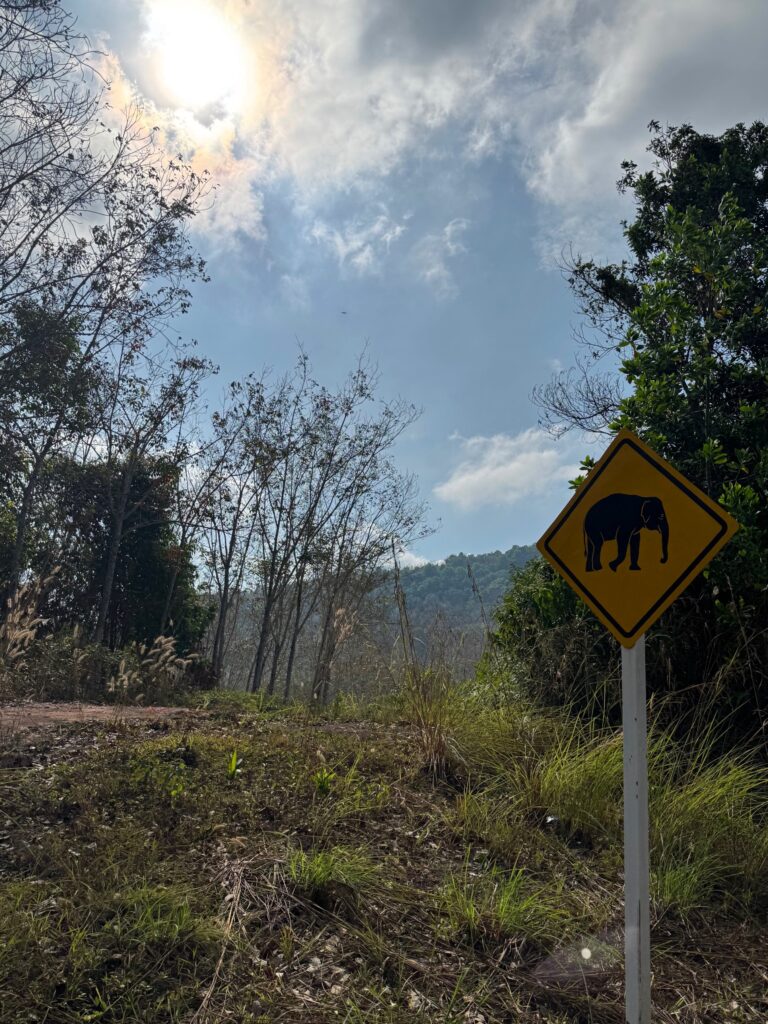
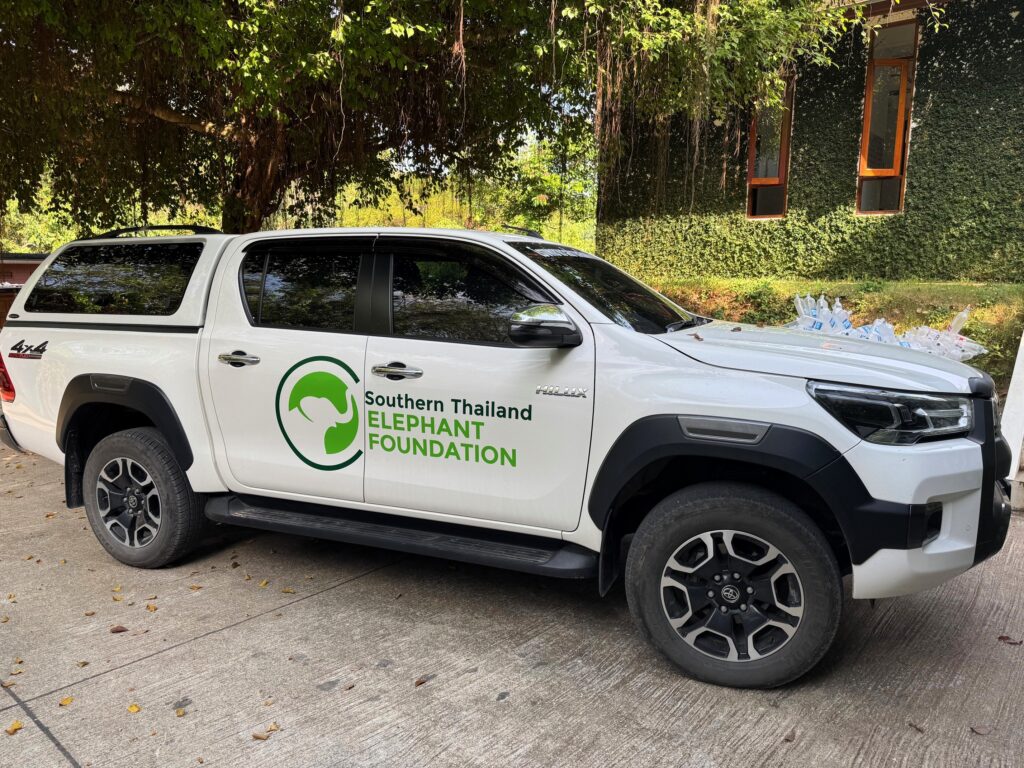
Elephant mobile clinic
There are currently no in-patients here at the hospital (the cases ebb and flow just like any hospital). So we’ve been going out on the mobile unit everyday and treating elephants in the field. Yesterday, we went to three elephant riding camps, where tourists can pay to ride the elephants. It is something I personally do not think is ethical, but from what I saw yesterday, the demand is definitely there from tourists around the world. Either they don’t understand what elephant riding means for the welfare of the elephant or they have a different moral view on elephants, or even animals in general.
Elephant parasites
Most of our cases involved external parasites. It’s interesting how so many things that are found in cats and dogs (and sometimes even humans!) are also found in elephants. I love comparative physiology (or I guess this would be comparative parasitology). I am always amazed how similar we are to animals and how similar animals are to each other. When examining the elephants, we saw lice, gadfly, and ear mite infestations. Most of these ectoparasites (as well as endoparasites) are treated with an intramuscular injection of ivermectin. Those of us in the veterinary field know ivermectin well, but others may know it from being (falsely) advertised as a treatment for Covid. In elephants, ivermectin is also used as a preventative (usually every 3-6 months) in cases where there are high parasite loads in the environment to prevent elephants from getting repeat infections.
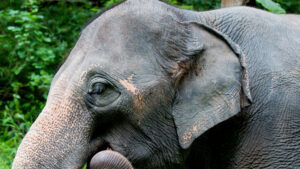

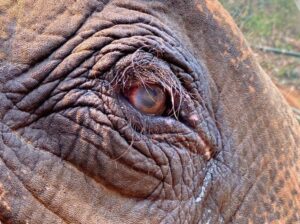
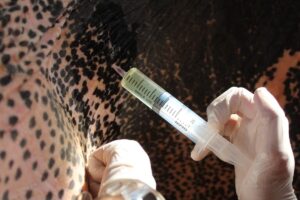
Elephant ophthalmology
At the our final stop, we did a recheck on an elephant with an eye ulcer, which is a defect in the outer layer of the cornea. Just like cats and dogs, most eye ulcers in elephants are from some sort of trauma. An elephant can scrape their eye from walking through tall brush or tree branches. It can also happen when they are eating, as they swing large, fibrous leaves around with their trunk when eating. After the initial scratch, the eye becomes irritated so they will rub it, which often makes it worse.
In cats and dogs, we can place an e-collar to prevent rubbing. Do you think we can put an e-collar on an elephant?! I mean, it would obviously be super cute, but an elephant trunk has ~40,000 individual muscles and is strong enough to uproot a large tree. So I’m going to go with… probably not.

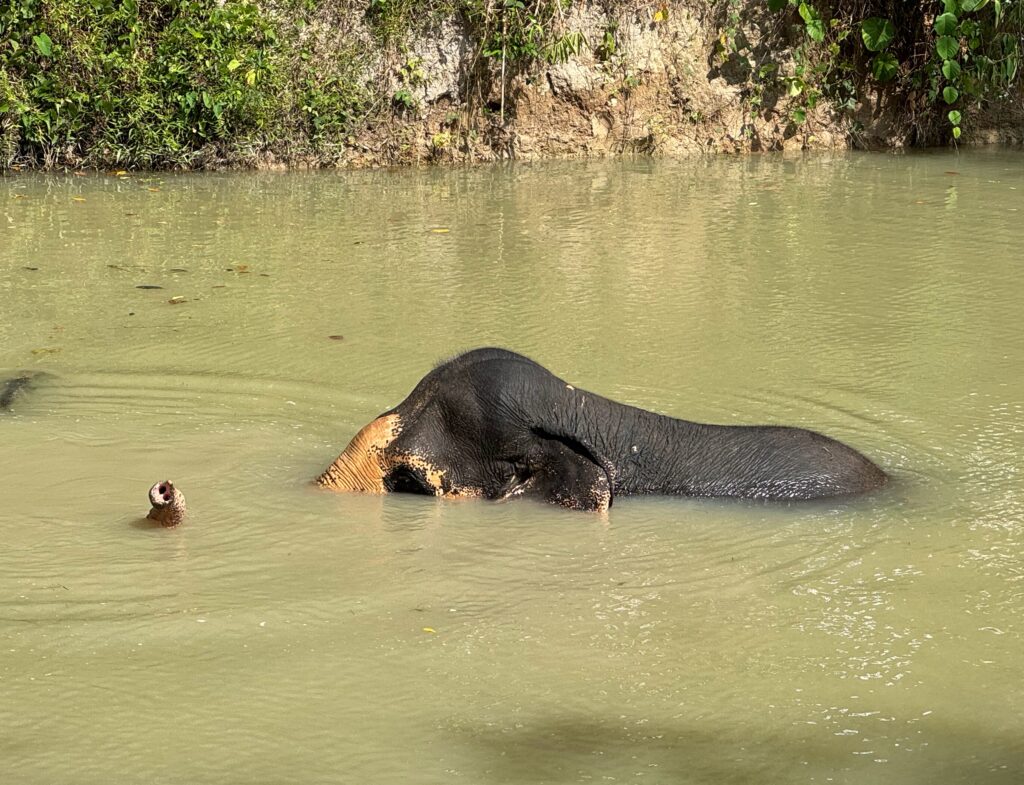
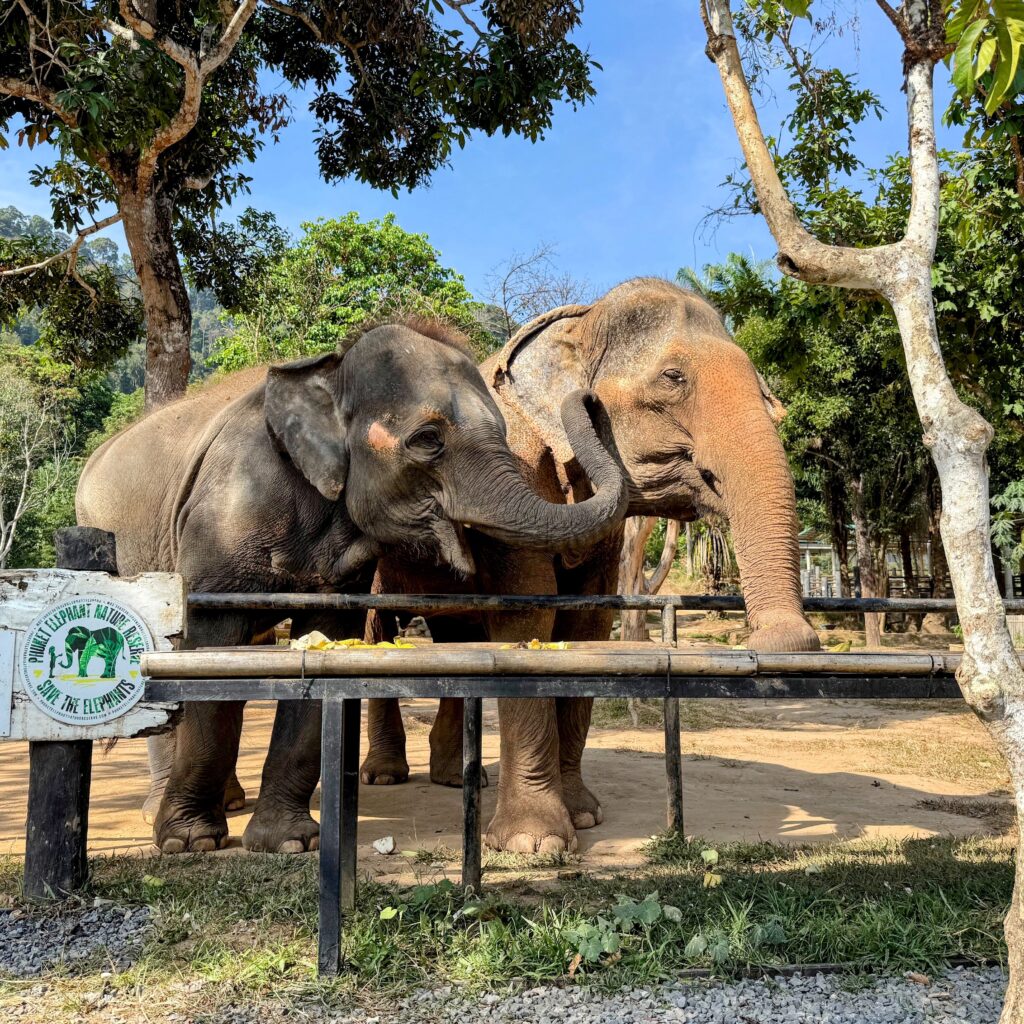
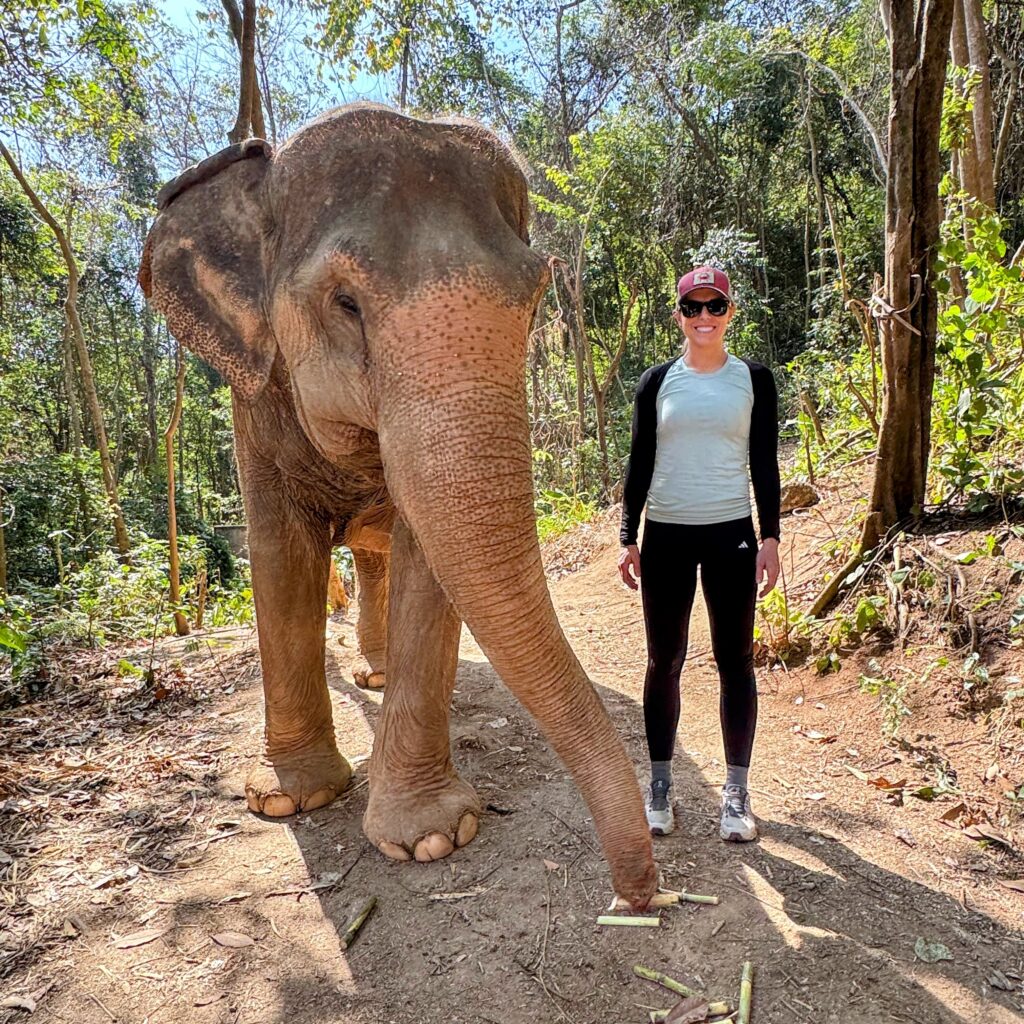
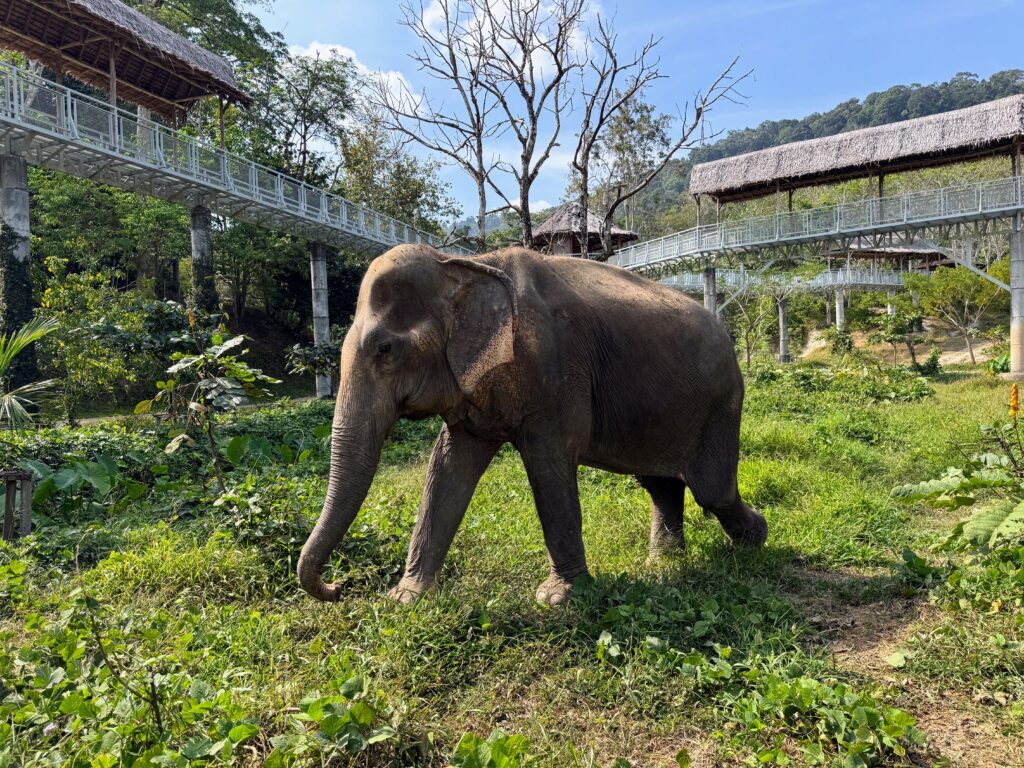
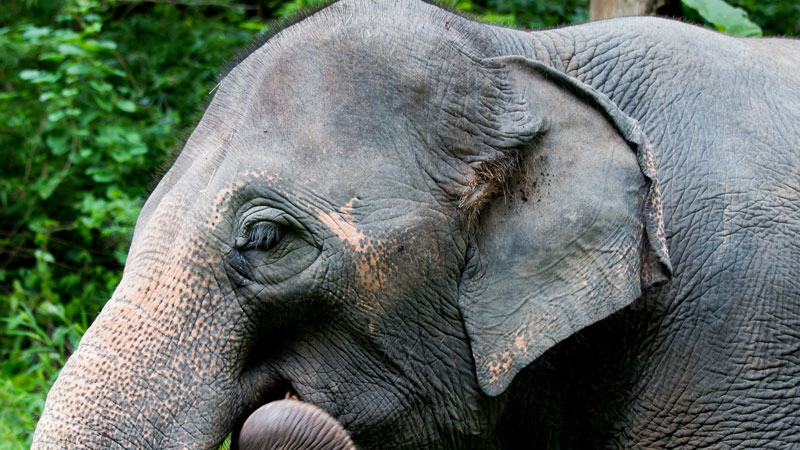



Wow- amazing Kate!
Thank you for caring so much- I bet the animals sense the love!
Your post is awesome- informative!
Sounds like education is key for tourist –



Beautiful creatures!
Had to add my cow! Lol
Awww! Great pictures. The kids love following along and Hudson thinks it’s so neat that you are in a different time zone.
So sad that some of the “sanctuaries” are unethical. I hope that changes at some point. Looking forward to the next post!
Awesome photos, Kate! Your blog is very interesting to read! How special is it for you to be there and help the elephants! Yes, I do think they feel your love for them!!! Honestly didn’t realize that there are some unethical sanctuaries! These beautiful animals need rest and safety! Sad that these animals are taken advantage of ! Enjoy the rest of your stay! You are amazing!
Hi Kate,
Yes, I am getting your emails but I obviously missed seeing it this morning. What a wonderful education for you (and for us) on elephants! Your blogs are so informative and I really enjoy reading them. I too had no idea there were ethical and unethical sanctuaries for elephants. Knowing your love of elephants I’m so glad you have this close up experience. Continue living your dream, enjoy, and be safe! Love you,
Dad
This week seems like everything you hoped it would be. Your love of elephants and connection with them come through in every picture and word.
I’m looking forward to hearing all about what you’re up to this weekend.
p.s. I could sew an elephant e-collar for Slater (hehe). Check email for a rough sketch.